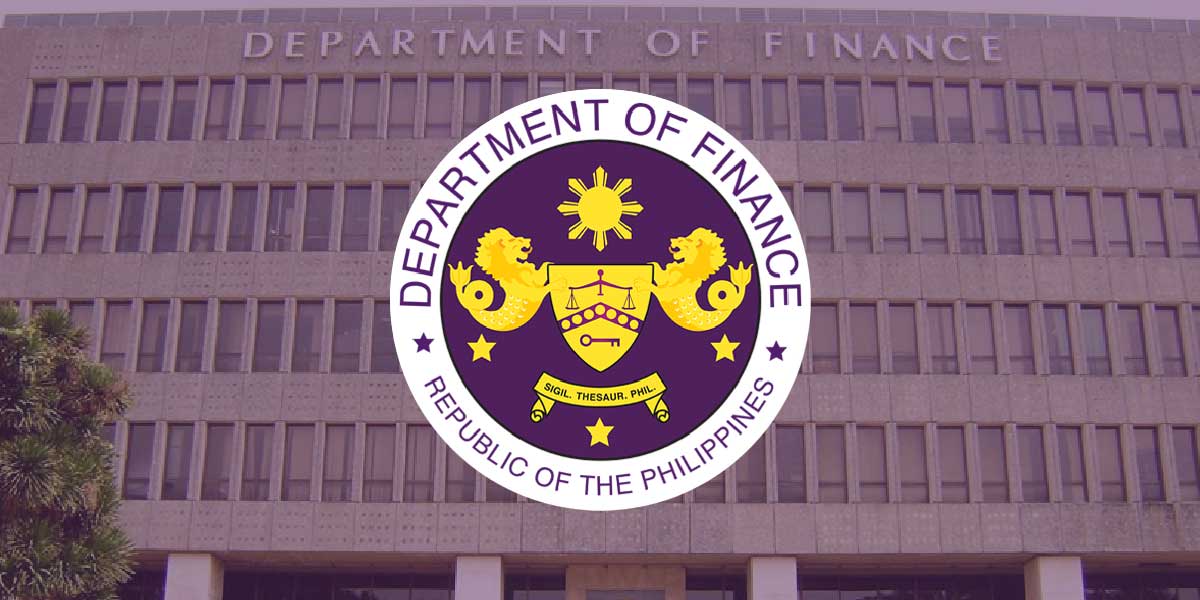
Socioeconomic Planning Secretary Karl Kendrick T. Chua said that the Rice Tariffication Law (RTL) is the best model that we have to help both farmers and consumers.
Republic Act No. 11203 or the RTL replaced the quantitative restrictions on imported rice with tariffs of 35 to 40 percent and established the Rice Competitiveness Enhancement Fund (RCEF) funded by the tariff revenues.
“By removing quantitative restrictions, we are able to address both the needs of consumers for a lower retail price of rice and use the tariff revenues to fund the RCEF and provide even more assistance to farmers with excess tariff revenues,” Chua said on May 12, 2022, at the press conference on the Philippine economic performance for the first quarter of 2022.
The RCEF consists of an annual appropriation of 10 billion pesos in six years to fund programs for farm mechanization, seed development, propagation and promotion, credit assistance, and extension services.
These programs were specifically identified to improve the productivity of rice farmers, reduce production costs, and link them to the value chain.
The excess from the 10 billion pesos tariff revenue collection will be appropriated by Congress the following year for the direct financial assistance to rice farmers, titling of agricultural rice lands, expanded crop insurance program, and crop diversification program.
“Last year, we collected 18.9 billion pesos from rice tariff collections. We gave all that back to rice farmers. Those calling for the removal of the RTL risk taking away what we are giving to farmers to improve their productivity. Further lowering the price of rice for all Filipinos is really possible if we help farmers improve productivity. That is exactly what the RTL is doing by providing them with mechanization, seeds, and other support,” Chua said.
Contrary to the claims of some critics of the reform, the increase in importation did not hurt local rice production. In 2021, palay production increased to 20.0 million metric tons (MMT), 3.5 percent higher compared to 2020. This was in spite of the increase in rice imports in 2021 to 2.9 MMT.
Chua added that RTL has been key in managing inflation.
“Prior to 2019, rice was the single biggest contributor to inflation. Today, and since the passage of RTL three years ago, it has had a negative to minimal contribution to inflation,” Chua said.
Stable supply from higher production and more imports led to low and stable prices for rice. The latest inflation figures revealed that rice inflation averaged 1.4 percent in Q1 2022.
“Even during the first quarter of this year, when rice production slightly declined, inflation of rice was below 2 percent. That’s because we are able to temporarily import. Importation is a way to address supply and price volatility. If we did not have that, people would have faced much higher inflation today,” he added.
Chua emphasized that RTL benefits 2 million farmers, 110 million consumers, and tens of thousands of retailers, wholesalers, millers, and those in the warehousing and transport businesses. He also recommended for the next administration to continue its implementation and use it as a model for other reforms in the agriculture sector.
“We hope that this and our dialogue with the transition team of the new administration will help them better understand the costs and benefits of the policies that we have proposed. The RTL is the best model to help both farmers and consumers. We are proposing the same model for livestock, poultry, and dairy, and we hope to do that for other crops as well,” said Chua.


























